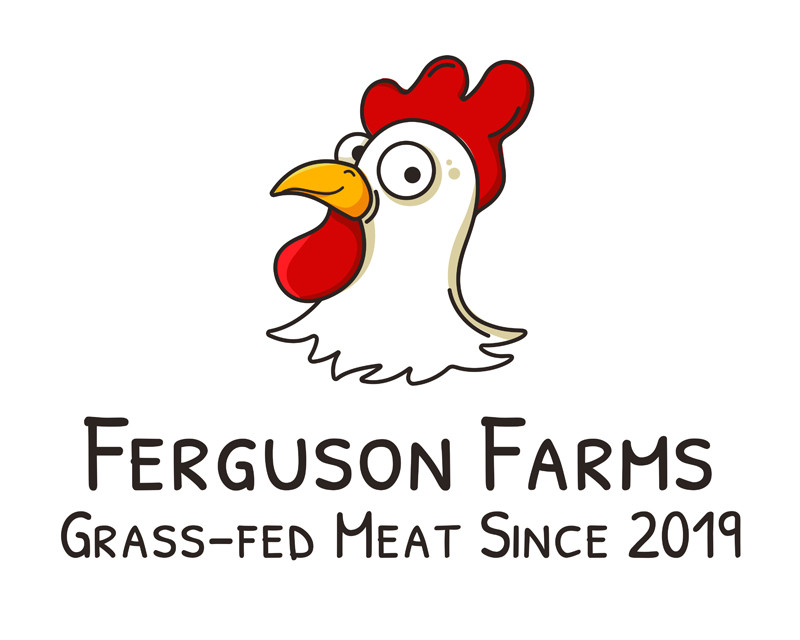Wild Caught vs. Farmed Salmon
posted on
November 17, 2022
What is the difference between wild-caught salmon and farmed salmon?
Just about everything! Wild salmon spend their entire lives in the pristine waters of the famous Bristol Bay watershed, or in other Alaskan waters. They eat what nature provides - zooplankton, invertebrates, and small fish - and they grow naturally on their colorful, healthy diet. And speaking of colorful . . . do you know why red salmon are red? It’s because of the carotenoid-rich crustaceans (zooplankton, shrimp, and krill) in their diet.
Farmed fish flesh, by contrast, is naturally gray. It’s gray until it’s dyed red to be more appealing to consumers. Farmed fish are raised in high-density aquaculture pens. They’re fed a processed diet high in fat and protein that causes these captive fish to grow faster and larger than they would normally. Because of their crowded, artificial conditions, farmed fish may be susceptible to infections and disease, and may be riddled with parasites (like sea lice) - and thus antibiotics are added to their diet. Also, because these penned-up fish can’t swim freely in rivers or bays, they never get to eat their natural diet of colorful crustaceans.
The result is an unappetizingly gray fish. Consumers would never go for gray salmon, so the fish farming industry may inject dye into their captive prey.
Bottom line: Wild Alaska salmon are natural, healthy fish - and they are an incredibly healthy, protein-rich food to eat. They have fewer calories and less saturated fat than farmed fish and are high in omega-3s, the super healthy fat. They have no additives, no antibiotics, no dye, and no unnatural substances in their flesh. They are just as nature created them. Farmed salmon are not; they are a distant, modified relative.
Wild salmon is nutritionally superior to farmed salmon
Wild salmon, a delicious natural protein source, has secured its superfood status with its high concentration of omega-3 fats. These are the good kind of fats. Called essential fatty acids, DPA and EPA are required by our bodies, but we cannot produce them ourselves; we must get them in our diet. Fortunately for us, wild salmon provide just what we need.
Farmed salmon, on the other hand, has a ratio that is much higher of omega 6 fatty acids (the bad kind that can raise your blood pressure and lead to blood clots) to omega 3’s (the healthy kind).
Wild-caught salmon is lower in calories and total fat than farm-raised salmon. On average, a 4-oz wild-caught salmon filet contains 160-170 calories and 7-8 grams of fat. In the same portion of farm-raised salmon, there are 220-230 calories and 14-16 grams of fat - a considerable difference between the two.
Farmed salmon are raised artificially and fed an artificial diet. They may be fed or injected with antibiotics and dye and may contain carcinogenic dioxins and PCBs.
Wild-caught salmon is raised by nature. They eat a natural diet. The result is a fish with a healthier ratio of omega-3 fats to omega-6 fats than farm-raised fish. Research shows that consuming omega-3 can reduce the risk of heart disease, cancer, and stroke. So for an oil tune-up, increase your fatty-acid consumption and benefit from wild salmon’s calcium and iron, as well!

Wild Salmon is good for your brain… and more
The connection between diet and brain health has been well documented, and omega-3 fatty acids, particularly DHA and EPA, can change your brain and help to improve your mood.
Consuming a nutrient-dense diet that includes wild-caught Alaska salmon ensures adequate intake of nutrients such as omega-3 fatty acids and vitamin D that can boost brain health. These beneficial fatty acids can improve your immune function, reduce inflammation, lower blood pressure and reduce the likelihood of heart attack and stroke.
Wild salmon, not farmed salmon, is currently the only sustainable fishery
While you might think that farmed salmon help solve the problem of overfishing, consider this: most farm-raised salmon feed on meal and oil from smaller, wild-caught fish, which may result in more fish being removed from the ocean overall. That’s not sustainable.
In addition, escaped farmed salmon, an inevitable result of raising fish in pens, also disrupt the ecosystem by threatening to spread pathogens to wild salmon populations. That’s not sustainable either.
Another alarming consequence of salmon farming is the near-disappearance of British Columbia’s native salmon population, which experts believe can be attributed to the spread of a virus stemming from Norwegian salmon farms. And this negative impact that farm-raised salmon have on the wild salmon population may continue well into the future. As escaped fish breed with wild-caught fish, they may genetically alter future generations of wild salmon.
The Oxford dictionary definition of sustainability is “the avoidance of the depletion of natural resources in order to maintain an ecological balance.” Only wild-caught salmon fisheries fit that definition of sustainability.
Alaska is committed to wild-caught and sustainable fisheries
Wild-caught salmon is the heart and soul of Alaska’s seafood industry. Alaska’s fishing families pass down fishing practices from generation to generation and believe passionately in the importance of sustainability.
In fact, many Alaskan communities’ way of life depends on healthy wild fish stocks. That’s why Alaska fishermen and fishing communities are so dedicated to upholding Alaska’s strict fishing laws, using sustainable harvesting methods, and adhering to the latest scientific data. They respect robust fisheries management policies which ensure that this valuable source of protein and nutrients continues to provide food security to many people around the world.
Friends help friends eat more wild salmon
The most important point that you can share with your friends and family is that eating wild salmon from Alaska is one of the best things you can do for your health, and for the planet. You should seek out wild salmon for yourself and your family, and eat it twice a week!
Need some recipes for inspiration? We’ve got them here!




